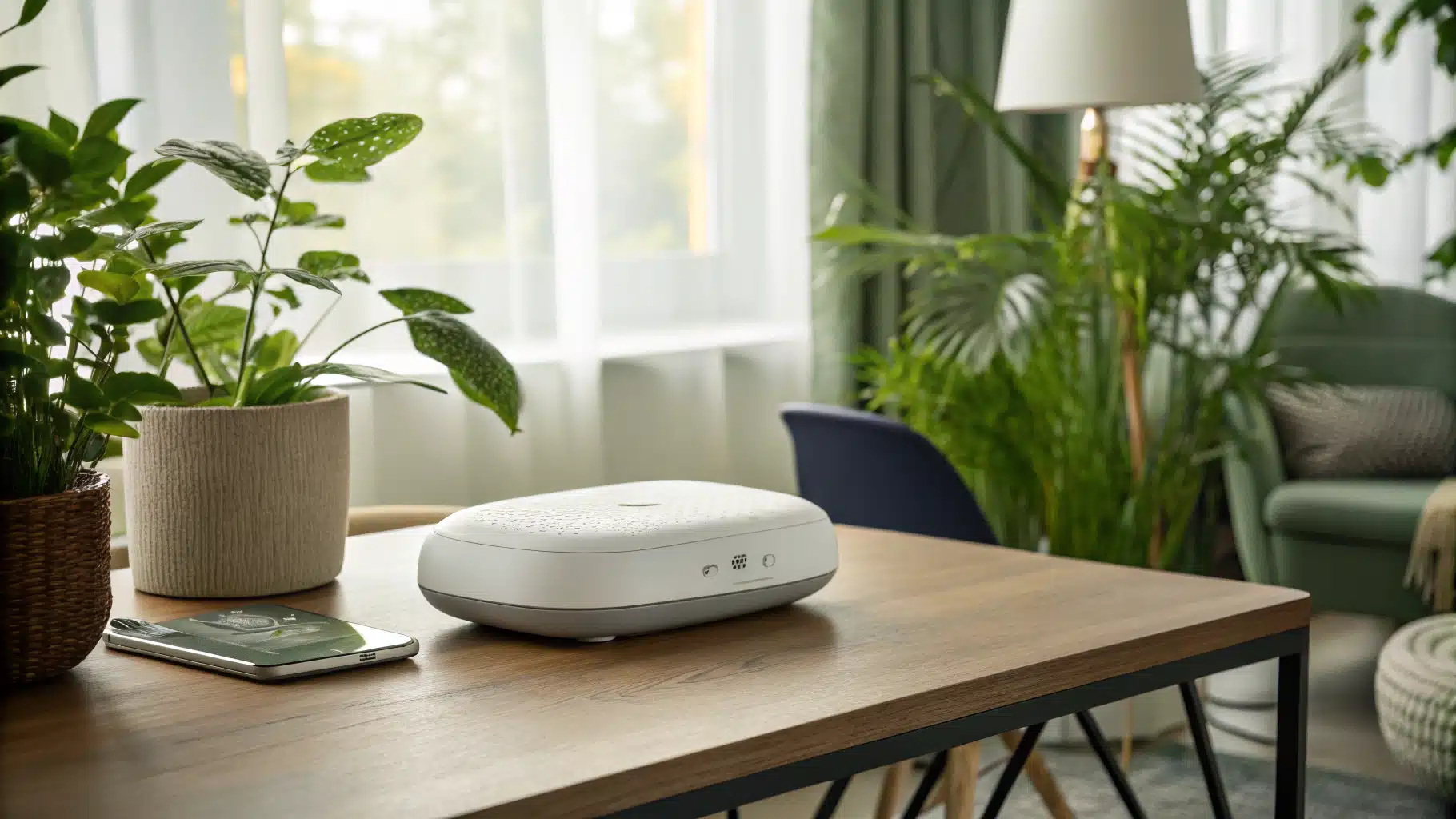This guide delves into the realm of non-invasive vagus nerve stimulation (VNS) devices, exploring their therapeutic potential and limitations. It highlights key considerations such as pre-existing medical conditions, pregnancy, and age that may affect suitability and safety.
Key Takeaways
- Non-invasive vagus nerve stimulation devices may offer therapeutic benefits but aren’t suitable for everyone due to various factors.
- Certain pre-existing medical conditions, pregnancy, and age can influence the suitability and safety of these devices.
- Consultation with a healthcare professional is essential for personalized advice and safe usage of these devices.
Vagus Nerve Stimulation: An In-Depth Examination
The promise of potential therapeutic applications has made non-invasive vagus nerve stimulation devices a topic of interest. To begin with, let’s thoroughly understand what the vagus nerve is and its function within our bodies. It is one of the most significant nerves within our body’s autonomic nervous system, wherein it’s responsible for controlling and maintaining various bodily functions.
The approach of non-invasively stimulating the vagus nerve, through devices specially designed for this purpose that deliver electrical impulses to the nerve, has become an area of intense research. The principle behind this is to influence the activity of the nerve, possibly leading to therapeutic benefits.
Accumulating evidence suggests such devices may hold promise for the treatment of various medical conditions such as epilepsy and depression. However, a detailed understanding of its limitations and contraindications is crucial to ensure appropriate and safe use.
A Deeper Look at Pre-existing Medical Conditions
While non-invasive vagus nerve stimulation devices do offer potential benefits, these might not be suitable or safe for everyone. In certain pre-existing medical conditions, the usage of such devices could prove risky or unsuitable. Therefore, understanding these situations is essential before one chooses to use these devices.
The one-size-fits-all approach does not apply when dealing with health and wellness; individual circumstances can differ, thereby affecting how safe and beneficial these devices are. It’s therefore essential to consult with a healthcare professional who can provide personalized advice regarding their usage. However, some of the known conditions that may need cautious use or avoidance of vagus nerve stimulation devices include 1:
- Recent or active history of seizures: Individuals who have experienced seizures or are at risk may need to exercise caution considering these devices directly influence the nervous system.
- Certain cardiac conditions: Patients with implanted medical devices such as pacemakers or defibrillators, or those with arrhythmias or other heart-related conditions may need to refrain from using non-invasive vagus nerve stimulation devices due to potential interference.
- Carotid artery disease: Most vagus nerve stimulation devices work by targeting the nerve through the neck area. In such cases, people with carotid artery disease or other neck anomalies could be at a heightened risk of complications.
Pregnancy and Non-Invasive Vagus Nerve Stimulation
Pregnancy brings an additional dimension to the consideration of using non-invasive vagus nerve stimulation devices. Research is ongoing regarding these devices’ impact on pregnancy outcomes, leading to concerns about potential risks to both the mother and the developing fetus. It’s essential to understand that even though these devices do not involve any surgical intervention, their implications during pregnancy are not crystal clear.
Due to these uncertainties and fluctuating opinions within the medical community, at present, the general stance is to avoid their usage during pregnancy. This recommendation stands unless a healthcare professional specifically suggests or approves their use after assessing the pros and cons for the specific individual in question.
Age Considerations and Non-Invasive Vagus Nerve Stimulation
The age factor plays an influential role in deciding if non-invasive vagus nerve stimulation is the right choice. Different age groups have their unique considerations when it comes to these devices due to varying physiology and health status. Pediatric populations offer one example of this, as their nerve development and response to such stimulation could differ compared to adults.
In the same vein, senior adults may face age-related health issues that could affect the safety and efficacy of these nerve stimulation devices. When it comes to these age groups -children and seniors- specialized healthcare professionals’ guidance is important and necessary to ensure the appropriateness and safety of these devices.
| Conditions | Vagus Nerve Stimulation Suitability |
|---|---|
| Recent or active history of seizures | Cautious use or avoidance recommended |
| Certain cardiac conditions | Potential interference with heart-related devices |
| Carotid artery disease | Heightened risk of complications |




